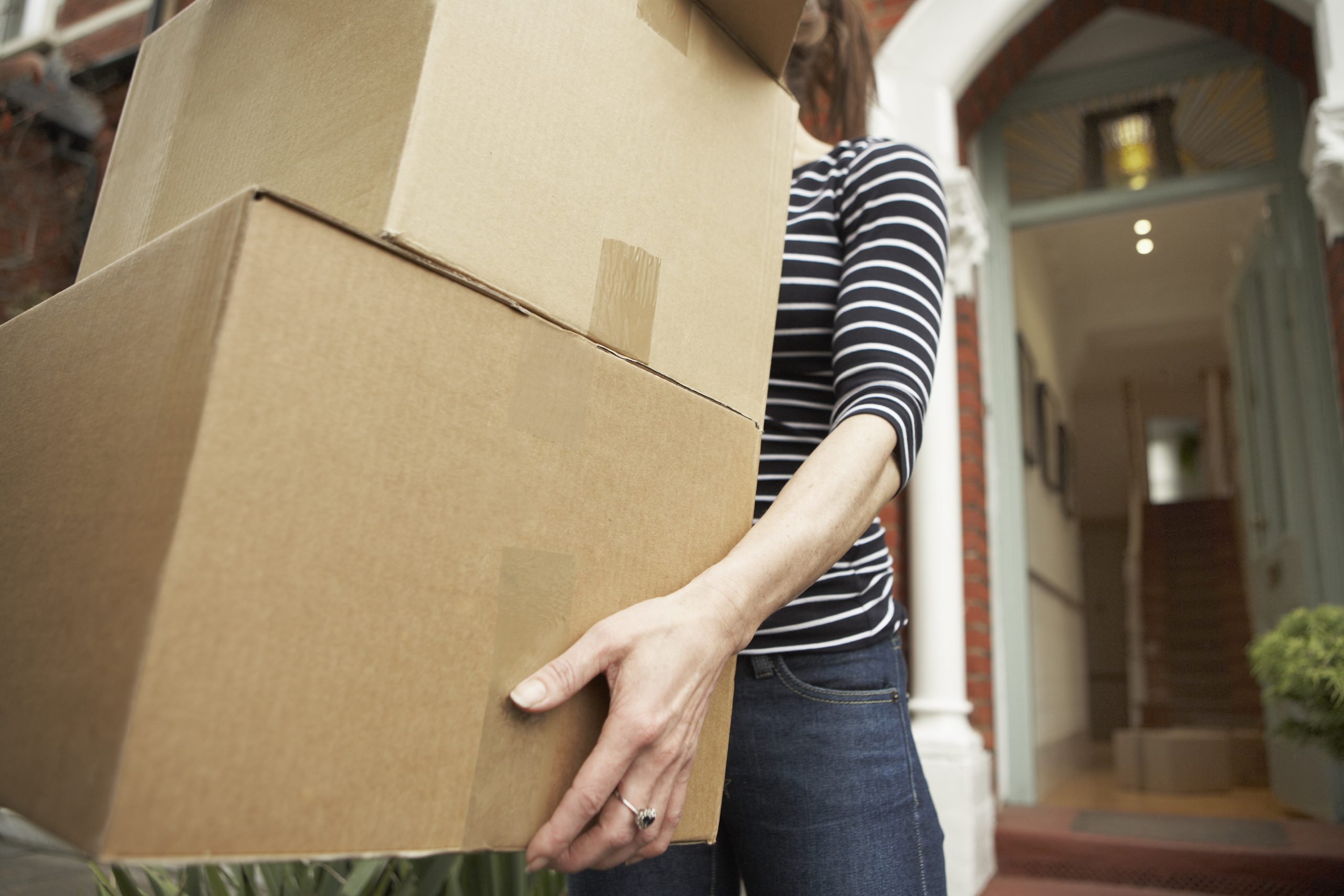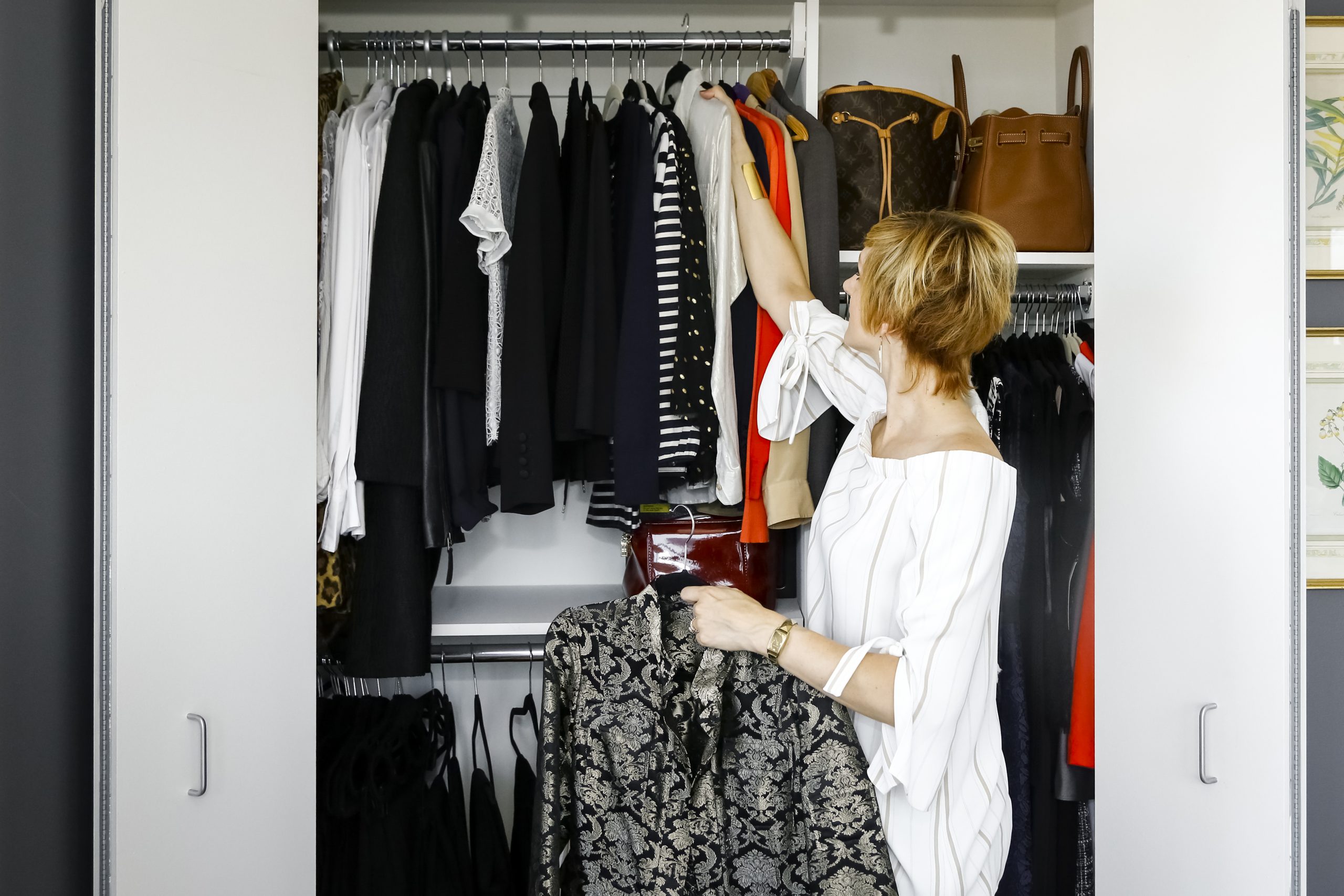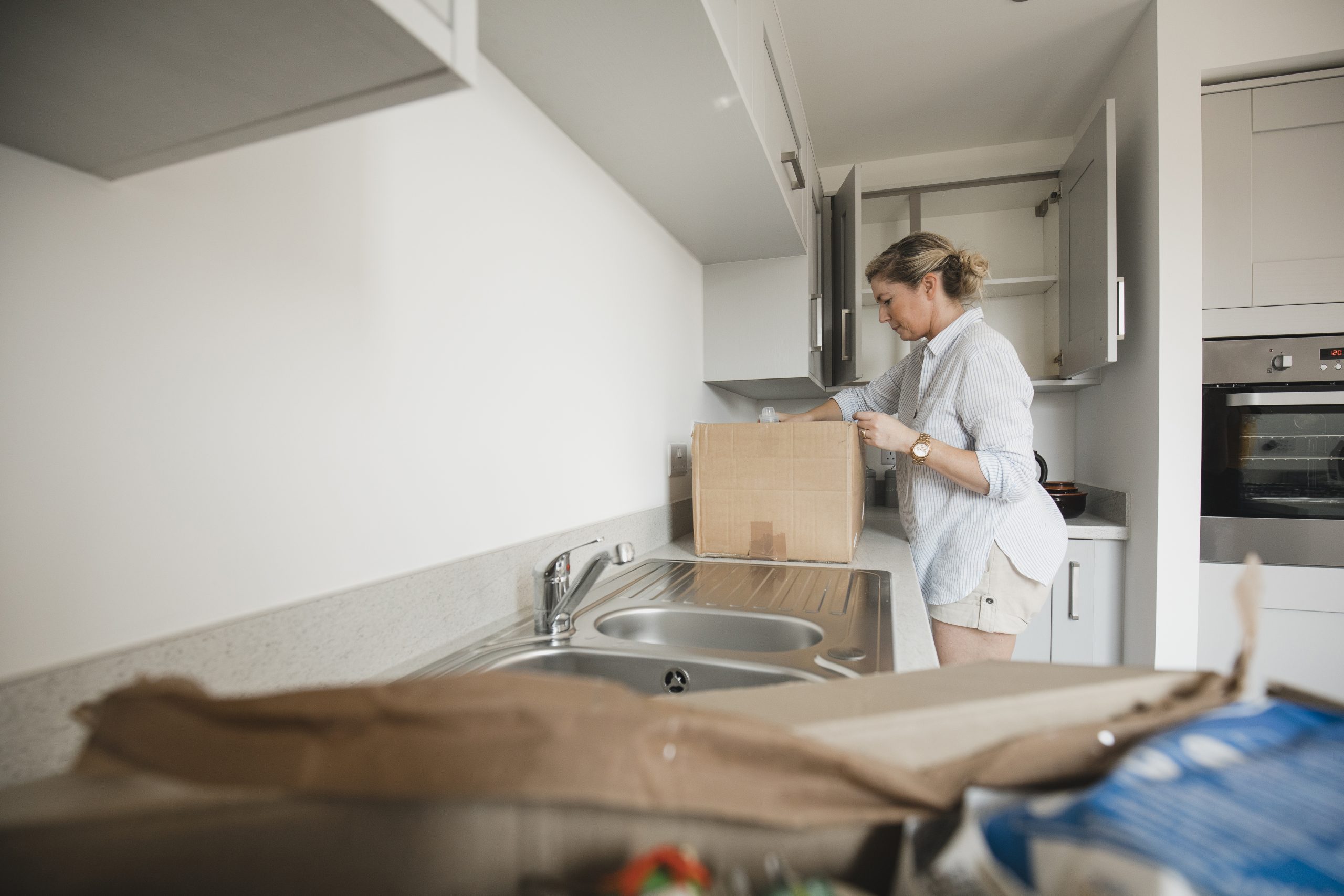
Swedish death cleaning - it might sound terrifying, but it's actually an interesting new decluttering trend that's taken over the world of cleaning and organisation.
In the beginning of 2019, we had Marie Kondo, whose KonMari method asked us to think about which possessions 'spark joy', in order to declutter our homes.
But Swedish death cleaning is a slightly more radical - but arguably, simpler - approach. But don't worry, it doesn't have anything to do with actually cleaning dead people.
What is Swedish death cleaning?
The concept was first introduced by a writer called Margareta Magnusson, in the book The Gentle Art of Swedish Death Cleaning: How to Free Yourself and Your Family from a Lifetime of Clutter - and so far, it's found celebrity fans in the likes of Nigella Lawson.
Put simply, it's a way of getting rid of your belongings and thereby organising your living space, before you die. Stay with us...
Margareta began writing about the concept following the deaths of her mother and father. She explained how traumatic and upsetting it was to go through all of their possessions after they had passed away, and as a result, decided to come up with an idea that would save others from the pain. Enter: Swedish death cleaning.
MORE: Why this household chore could be harming your health
Parenting advice, hot topics, best buys and family finance tips delivered straight to your inbox.
The idea is that people - typically in their older age - clear out and get rid of some of their possessions, in order to make sure friends and family aren't left to deal with a deluge of 'stuff' after their passing. In her own words, the author said, "Don't collect things that you don't want - someone has to take care of it one day."
But death cleaning - or döstädning, as is the Swedish term - isn't just for people who may be nearing the end of their lives. She states in her book that it's a valuable concept for anyone, of any age, looking to clear out their clutter.
Despite its origins in upsetting truths, Margareta emphasises that death cleaning is not meant to be sad, although she accepts that it is hard. Really, she says, it is a way of considering not only how you feel about your things, but also how your family and friends will feel about them. After all, you can't take any of it with you when you go...
How do I Swedish death clean my home?
In the book, Margareta explains that death cleaning is not meant to be a quick decluttering fix for a messy home - instead, it is something that might take weeks, months, or even years. It's also meant to create lasting change in your home, and how you consume 'stuff'. But it always has the end goal of curating your possessions in a way that makes them easy for your loved ones to sort through.

There are a few main pillars of Swedish death cleaning.
Firstly, the author suggests working from the top down - begin in the loft (if you have one), then the house, and then the basement (again, if you have one).
Try and get rid of 'embarrassing' things you wouldn't want family to see
Whilst sorting, Margareta advises getting rid of 'embarrassing' things that you may not want your family and friends to see in the future - or that they may not want to see! Think personal love letters, private *ahem* bedroom items, or even just old diaries. Just imagine whether you'd want your kids, or siblings to see them, and bin accordingly...
Involve friends and family in your death cleaning
Another key element of the process is getting your loved ones involved, too. With any other method of decluttering, we usually consider it a solo process - one where only we can make the decisions about what we do and don't want to keep. But when it comes to death cleaning, our family's opinions are just as important. Margareta says, "To know something will be well used and have a new home is a joy." During this time, you can ask the people closest to you whether they'd actually like to keep a jacket you love, or a photo album you put together - or whether they'd prefer not to deal with your old CD collection.
MORE: What to do with old bras - don't bin them, donate them!
Similarly, it can be an invaluable time to share what you'd like done with your possessions after your shuffle off this mortal coil. For example, you may want all your clothes donated to charity shops, or old books given to libraries that need them. In the book, Margareta shared that her own mother had attached notes to many of her items, sharing instructions on what should happen to them after her death.
Doing this is also a nice way to share memories with your family or friends that you might not otherwise think to tell them about.
Declutter your sentimental items last
For Margareta, it's essential to do personal items last. As anyone who has decluttered before will know, attempting to sort through things to which we have an emotional attachment can be the hardest of all. So keep these back until the end and bear in mind how your loved ones might react to them - they may serve as touching momentos when you're gone.
Another pillar of death cleaning, Margareta shared, is reserving a 'throw away' box just for you. Whether you're young or old, keeping a box of belongings that mean a lot to you, but may not resonate so much with your family is a big aspect of Swedish death cleaning. By writing 'throw away' on the box, you're giving your loved ones permission to bin all the contents of the box after your death, if they wish to - again, making the process that little bit less taxing on them.

Of course, it's clear now that Swedish death cleaning is not actually about cleaning - but in fact, it's a great opportunity to do that too! With you newly decluttered home, it could be a good time to do a deep clean too, if you're able to.
Most importantly, remember that it doesn't need to be morbid
Margareta explained, "Of course, acknowledging your own mortality can be uncomfortable, but when you think about it, the considerate thing to do would be to take care of your belongings ahead of time."
Many of us may never have stopped to think about where our belongings will end up when we die, but considering how they may be dealt with is a way of making life much easier for your loved ones.
It might be helpful to also consider the benefits to your life too, rather than the positives after you're gone. "It's a permanent state of living your life in such an organised way that things constantly run smoothly", Margareta said. When you begin to consider the entire life-span of your possessions, it helps to consider how worthwhile buying and buying and buying things, and adding to your clutter, really is.
After all, as Margareta says, “A loved one wishes to inherit nice things from you. Not all things from you.”
Amy is Senior Digital Writer across Woman & Home, GoodTo and Woman, writing about everything from celebrity news to health, fashion and beauty features. When she isn't obsessing over the latest dress drop from Marks & Spencer, you'll most likely find Amy out running, or with a cup of tea in hand ready to dive into a gripping new Netflix series.